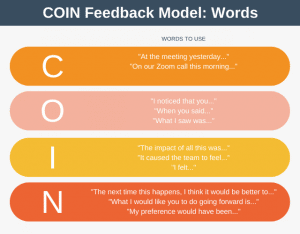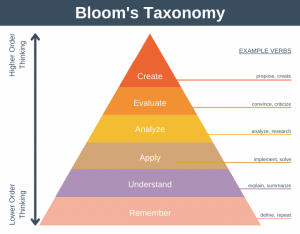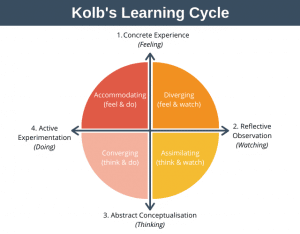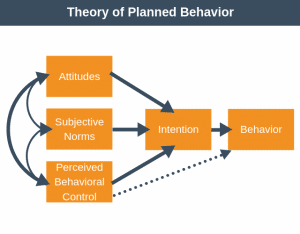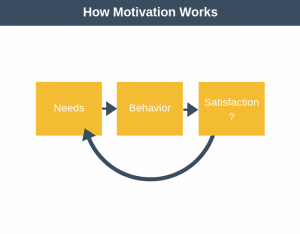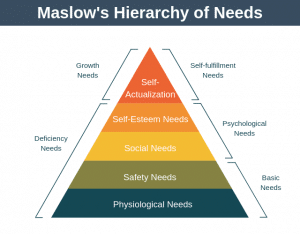Charette Procedure is a brainstorming approach that is useful when you have a large number of people (15+) involved in a session, or when you have multiple topics that you need to discuss.
Have you ever tried to run a brainstorming session with more than ten people present, or where you’ve had to brainstorm multiple ideas? If so, you will have realized that simple brainstorming has its limitations.
These sessions can quickly spin out of control and become unproductive. Larger meetings also tend to be dominated by just a few individuals, which means not everyone gets the chance to contribute equally.
The brainstorming process is a simple one. You gather a group of people together to generate ideas on a single goal or topic. Unfortunately, the simplicity of brainstorming is also its downfall, as there are many situations where it just doesn’t work that well. This is where the Charette Procedure comes in.
The Charette Procedure
The Charette Procedure works by organizing people into smaller groups. You then brainstorm ideas in one group at a time until all groups have had the opportunity to brainstorm.

You use the output from each group session as input to the next meeting. Using the Charette Procedure means that each group has the opportunity to build upon the ideas of the previous group.
The topic under discussion moves from one group to another until all groups have had the opportunity to discuss it. Once all groups have discussed the topic, the final ideas are collected, analyzed, and prioritized.
If you have more than one topic to discuss, then once the first group has finished discussing topic one, they can begin to discuss topic two, at the same time that topic one is starting to be discussed by group two. In this way, it is possible to get many topics discussed.
The main reasons you might consider using the Charette Procedure are:
- You have many people (15+) who need to be involved in the brainstorming session.
- You have more than one idea that you want to brainstorm.
- You have limited time to discuss each topic, or you want to deliberately limit the time available to discuss each topic to keep the discussion focused and moving forward.
- You want to ensure that everyone present gets the best opportunity to contribute to the discussion.
The Charette Procedure allows everyone to participate in brainstorming a topic without compromising on the quality or effectiveness of the session.
Background
Charette Procedure derives from the French word for “cart” or “chariot,” charrette.
Using the word in the context of the Charette Procedure began in the nineteenth century when a cart was sent to collect the work of student architects for marking. Students, desperate to finish their work before the deadline would apply the finishing touches to their work as the cart was being wheeled away to collect the work of the next student (en charrette).
How to Run The Charette Procedure
Below you’ll find the steps needs to run a Charette Procedure meeting. Note though that there is some flexibility in the timing of the meeting. All steps don’t need to be conducted in the same place or at the same time. This means the sessions could be spread out over several days or weeks, or that some of the meetings could happen on remove sites.
A vital role during the Charette Procedure is that of a recorder. This person writes down a record of the discussion taking place within each group.
This person will move from group to group with a topic as it moves through each group. You will need one person to act as a recorder per topic.
Step 1: Choose Topics
The first step in the process is to determine the set of topics that you want to be discussed.
You’ll also want to determine the time each group will get to brainstorm a topic, usually 10-15 minutes.
Step 2: Choose Groups
Create smaller groups from your larger groups. Typically five people plus a recorder is ideal, but it will depend on your overall group size.
When thinking about who should be in which group you might consider putting people from different departments or different levels of experience in the same group. This is frequently more creative than having very similar people in the same group.
Finally, to avoid wasted time, ensure that you have at least as many groups as you do topics to discuss.
Step 3: Assign Topics
Assign a topic to each of your groups.
Steps 4: Brainstorm
In this step, each group will brainstorm their topic. During the session, the recorder will keep a record of the discussion. The discussion ends when the time limit for the debate has been reached.
Step 5: Move Topic
In this step, the recorder will move to the next group and begins the session by presenting the current state of the brainstorming for the topic under discussion.
The aim of this step is for the new group to build upon the ideas of the previous group as well as generating new ideas.
You repeat step 5 until all groups have had the opportunity to brainstorm on a topic.
Step 6: Collate
At the end of the final group discussion, allow time for the recorder to pull together the key ideas and themes that have been discussed for that topic.
Step 7: Prioritize
In this step, all the different groups are brought back together, and the recorder presents their summarized lists to the whole group.
With the help of the entire group, and if appropriate, prioritize the list and agree on the plan of action or next steps.
Speeding things Up
If you have more groups than topics, then it is possible to speed things up by assigning a topic to more than one group when you begin the process.
You will, however, need to bring the strands back together at the end. This can be done at the end of step 6 when the two or more recorders for the topic can merge their lists of ideas into one master list.
If you take this approach, although you can speed things up significantly, you may lower the quality of the final output because one strand of the discussion may not have had the ideas the other strand(s) had.
Advantages and Disadvantages
There are many advantages of Charette Procedure, including:
- The Charette process produces high-quality outputs because the most popular ideas generated are further polished and refined with each round of discussion.
- When a large group discusses an idea, it is very easy for the discussion to stall. The Charette process helps prevent this problem.
- By breaking into small groups, you give everyone an opportunity to contribute.
There are some disadvantages associated with Charette Procedure, including:
- You may end up with groups of people sitting around with nothing to do while they wait for a topic to reach their group for discussion.
- After some significant progress during the Charette, the discussion may stall once you reconvene everyone to prioritize the ideas.
Summary
The Charette Procedure is a useful process to follow when you have several topics you want to brainstorm, and a lot of people you want to involve in the process.
By breaking into small groups, it allows you to avoid some of the pitfalls of large group brainstorming sessions. It’s highly likely your team will thank you for using this approach, too, as it allows every one of them to contribute to the discussion on each topic.
